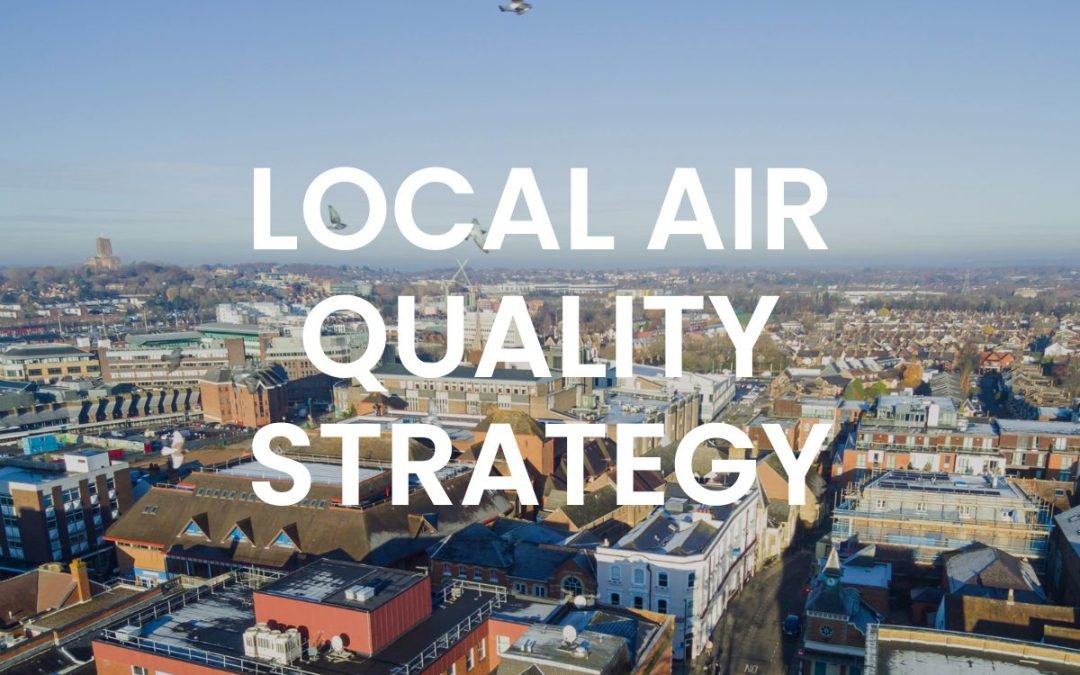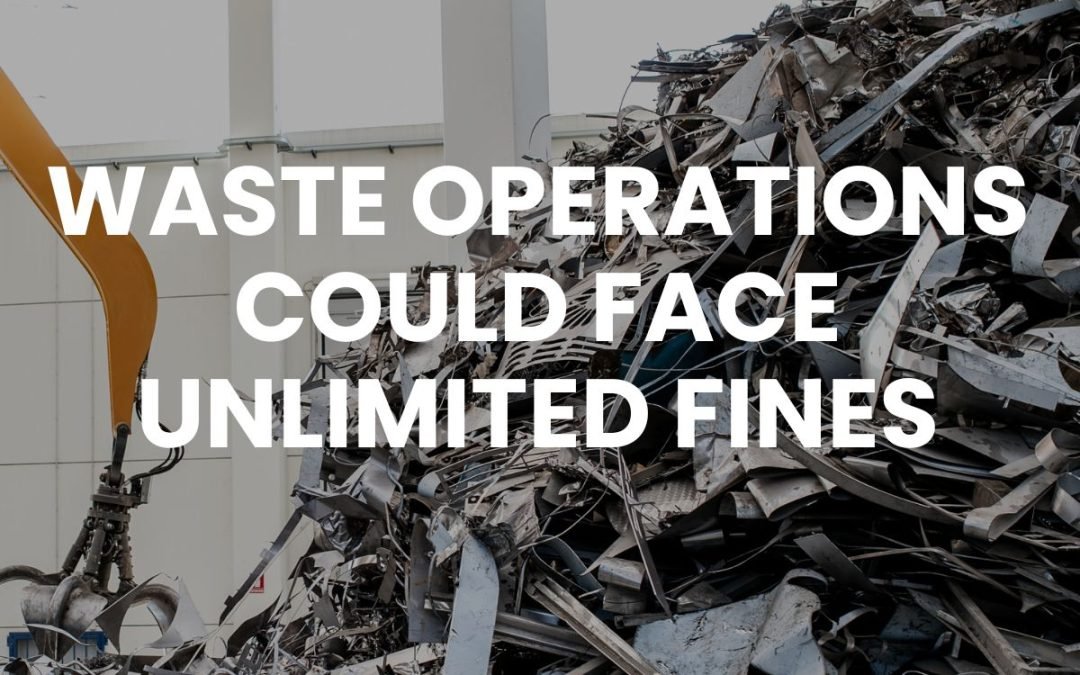How and why quieter deliveries are key to noise reduction
With the rise of online delivery and the increase in demand due to the global pandemic, it’s meant that deliveries have been made at all kind of hours and in large volumes. As cities become increasingly noisy as detailed out in this article on “What are the top 5 worst cities for noise pollution”, reducing noise through managing delivery services effectively will become key. As the population increases, the demand will only go up and roads will get busier which poses a challenge to businesses and authorities to try to balance deliveries and to control their activity, so they are still operating as usual but not causing disturbances.
Transport for London have produced a code for practice for deliveries to help reduce the risks and challenges associated with increased deliveries such as noise pollution. Many reports such as this one shares the challenges involved such as the increased activity of ‘out of hours’ deliveries and flurry of large vehicles delivering to both to already busy and quieter areas. This means that there will need to be more focus on what can be done to protect the environment and general public in local areas, as well as maintaining normal business activity.
What can be done to make deliveries more effective and to reduce noise?
There are several actions that can be implemented to prevent many hindrances like noise pollution and to make deliveries more effective, efficient and to create wider benefits such as improved air quality, reduced traffic and increase safety on the roads, sustainability of the local areas and overall increase in quality of life.
A lot of these suggested actions and best practices are enlisted in the TFL’s code of practice such as:
Measurements for Businesses
- Ensure that a risk assessment has been established for every site before operating off-peak deliveries.
- Utilising new and more quieter models of vehicles for deliveries. As well as new delivery equipment such as mats, containers shutter doors that can help to limit noise.
- Making sure that all employees are briefed and trained appropriately to be able to deliver their roles in accordance with health and safety protocols. As well as making sure they are aware of the code of practices for limiting noise pollution.
- Limiting delivery services in ‘out of hours’ and monitoring vehicles to prevent lots of activity in one area. Make sure digital communication is effective to ensure any issues are communicated and solved quickly. As well as communicate any effective changes to delivery processes and why they’ve been made.
Measurements for Driver
- Make sure all delivery staff are trained to use equipment and are aware of noise pollution/safety methods.
- Plan ahead for deliveries to ensure routes are appropriate and limit noise wherever possible if in residential areas. Use digital communication instead of verbal.
- Take extra precautions during non-working hours and modify sounds to limit their noise and minimise deliveries in these times. Allow extra time during non-working hours to do things quietly.
- Avoid any unnecessary noises such as over-revving, human noises (shouting), knocking and banging equipment, unnecessary loud braking or use of the air horn, turn off loud music or the radio and minimise opening/closing vehicle doors loudly.
Interested in learning how your business can effectively monitor noise pollution from your deliveries and transportation? Then check out how we are helping businesses to detect and reduce noise.





